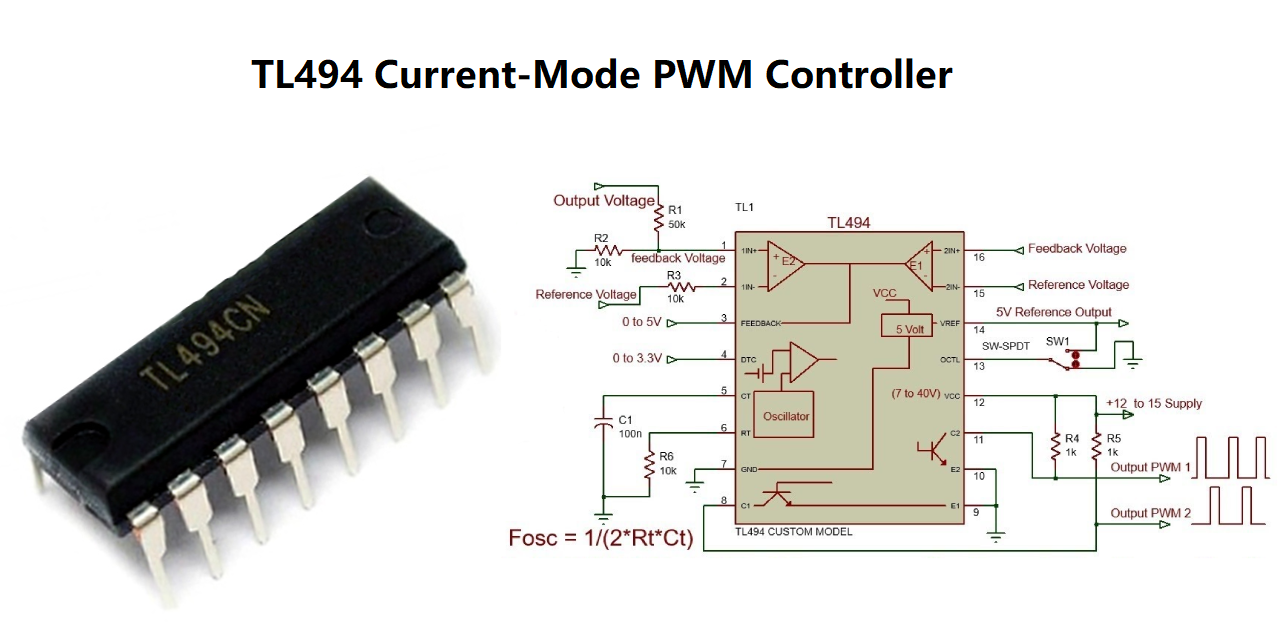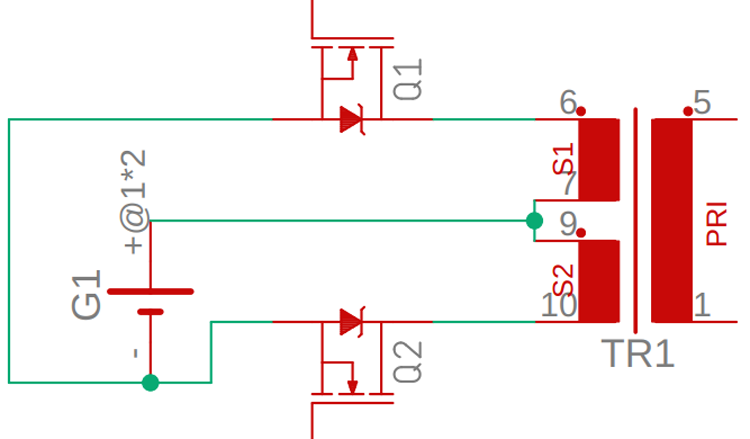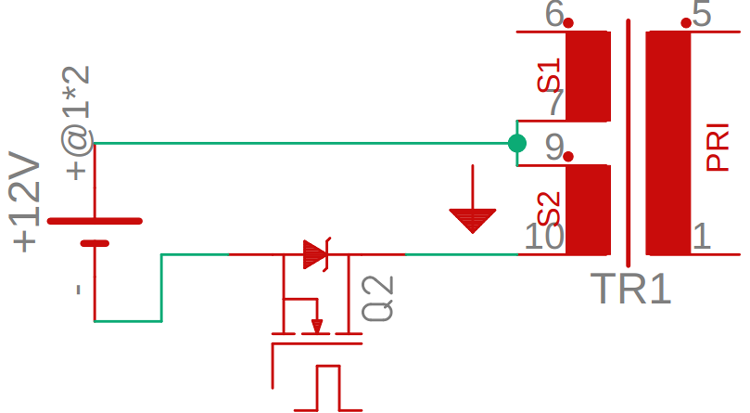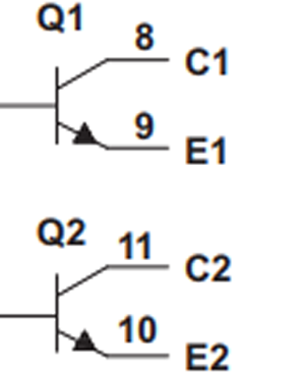In this project I will be building a simple modified square wave PWM inverter circuit by using the popular TL494 IC and explain the pros and cons of such an inverters and at the end.
A circuit known as an inverter performs the function of transforming Direct Current (DC) into Alternating Current (AC). Specifically, a Pulse Width Modulation (PWM) inverter operates by utilizing modified square waves to emulate the characteristics of Alternating Current (AC), making it suitable for powering most household appliances. It's important to note that there are two main types of inverters. The first type is referred to as a modified square wave inverter, producing a square wave output instead of a sine wave. This type may lead to complications when used to power AC motors or TRIACS.
The second type is known as a pure sine wave inverter, which is versatile and compatible with all types of AC appliances. To delve deeper into the distinct types of inverters, additional information can be found here.
In my perspective, constructing an inverter as a do-it-yourself (DIY) project is not advisable. If you're wondering why, join me on this journey. In this project, I'll be creating a simple modified square wave PWM inverter circuit using the popular TL494 chip. I'll explain the advantages and disadvantages of such inverters, and by the end, we'll understand the reasons to avoid making a modified square wave inverter circuit as a DIY project.
WARNING: This circuit is constructed and demonstrated solely for educational purposes. It is strongly discouraged to build and use this type of circuit for commercial appliances.
CAUTION: If you decide to create this circuit, exercise extreme caution regarding high voltage and voltage spikes generated by the non-sinusoidal nature of the input wave.
How does an Inverter Work?
The basic schematic of the inverter circuit is depicted above. A positive voltage is connected to the middle pin of the transformer, acting as an input. The two other pins are linked to MOSFETs, which function as switches.
Enabling MOSFET Q1 allows current to flow in one direction, inducing magnetic flux in the transformer's core and producing a 220V output. Disabling MOSFET Q1 and enabling MOSFET Q2 reverses the direction of the magnetic flux, generating the desired output. This process, repeated 50 times per second by toggling both MOSFETs, creates an oscillating magnetic flux, inducing a voltage in the secondary coil as per Faraday's law. This is the fundamental working principle of an inverter.
Before constructing the circuit using the TL494 PWM controller, let's understand how the TL494 works.
The TL494 IC comprises 8 functional blocks, outlined below:
5-V Reference Regulator: The REF pin (pin-14) provides a stable supply for internal circuitry, including the pulse-steering flip-flop, oscillator, dead-time control comparator, and PWM comparator.
(Note: The reference is internally programmed to an initial accuracy of ±5%, maintaining stability over an input voltage range of 7V to 40V.)
Oscillator: This block generates a sawtooth wave for various control signals, and the oscillator frequency can be set using timing components RT and CT.
(Note: The oscillator frequency is equal to the output frequency only for single-ended applications.)
Dead-time Control Comparator: This block controls the minimum dead time or off-time, affecting the duty cycle of the output wave without tweaking error amplifiers.
(Note: An internal offset of 110 mV ensures a minimum dead time of 3% with the dead-time control input grounded.)
Error Amplifiers: High-gain error amplifiers receive bias from the VI supply rail, permitting a common-mode input voltage range from –0.3 V to 2 V less than VI.
Output-Control Input: This input determines whether the output transistors operate in parallel or push-pull mode.
Output Transistors: The IC has two internal output transistors in open-collector and open-emitter configurations, capable of sourcing or sinking a maximum current up to 200mA.
Features of TL494 IC
- PWM power-control circuitry
- Uncommitted outputs for 200-mA sink or source current
- The ability to select single-ended or push-pull operation
(Note: Information on the internal schematic and operations is derived from the datasheet, with some modifications for clarity.)
Components Required
TL494 Inverter Circuit Schematic
TL494CN Inverter Circuit Construction
For this demonstration, the circuit is assembled on a homemade PCB, using the provided schematic and PCB design files. It's crucial to note that connecting a substantial load to the transformer output can lead to a significant current flow through the PCB traces, potentially causing them to burn out. To mitigate this risk, jumpers have been included to enhance current flow.
Calculations
While there aren't many theoretical calculations for this TL494-based Inverter Circuit, practical calculations will be conducted in the testing phase of the circuit.














